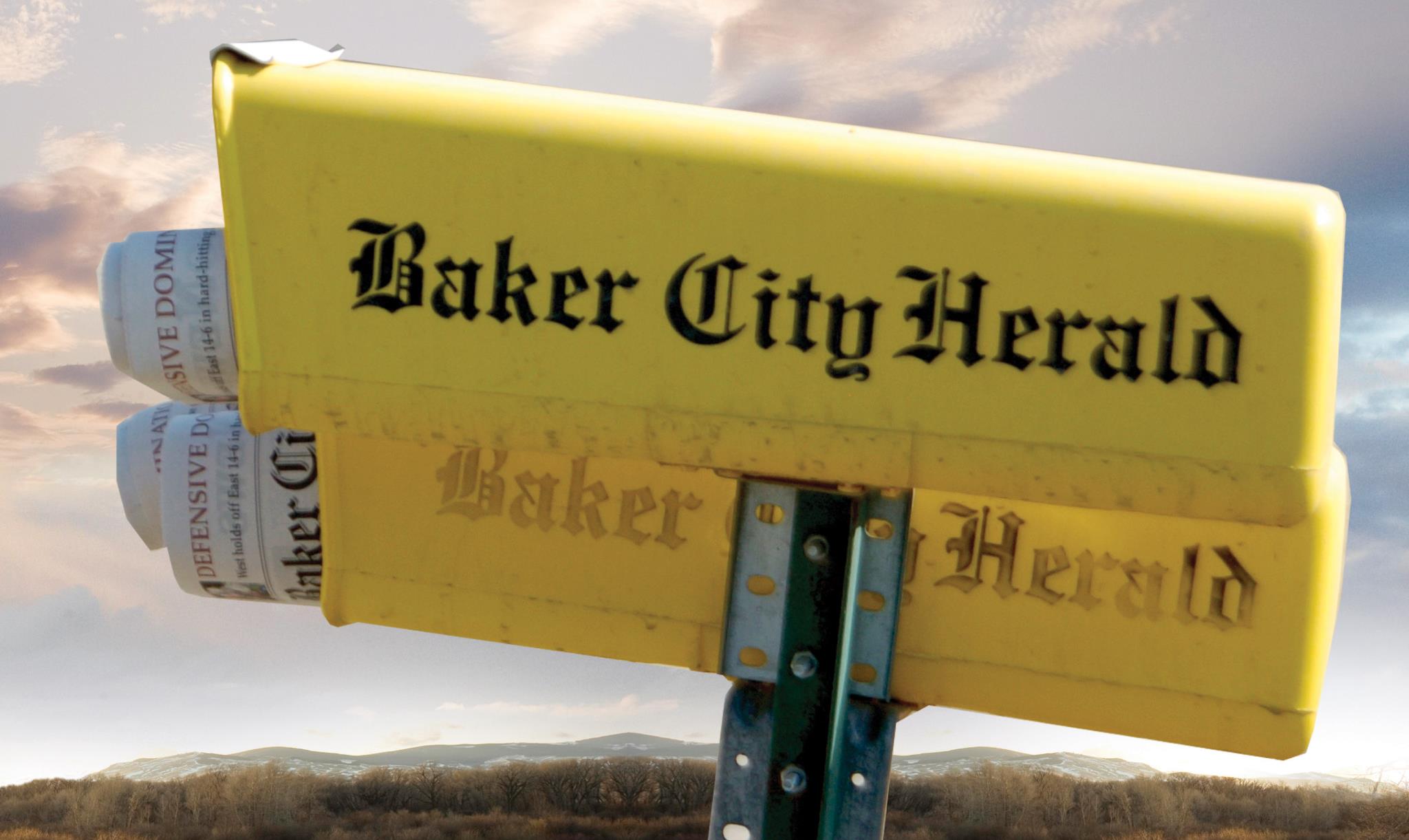Officials describe vehicle linked to human-caused fire that threatened Baker City watershed on Aug. 10
Published 9:23 am Monday, August 12, 2024

- Gusty winds fueled an abandoned campfire near Washington Gulch, about 6 miles west of Baker City, on Aug. 10, 2024.
An Oregon Department of Forestry fire official in Baker City said a blaze that started from an illegal abandoned campfire near Washington Gulch west of Baker City on Saturday afternoon, Aug. 10, should serve as a reminder of the potential danger from people who violate the ban on campfires in effect across Northeastern Oregon.
“It’s not a chance you want to take right now,” said Cody Kingsbury, wildland fire supervisor at ODF’s Baker City office. “It’s not worth it.”
People responsible for a wildfire could be liable for firefighting costs. Those can easily reach five, six or seven digits when multiple aircraft are summoned, as was the case with the Washington Gulch Fire.
The rapid response, both from the ground and from the air, kept the blaze to one acre.
But the fire, which was 6 miles west of Baker City, threatened homes as well as the city’s watershed, the boundary of which is a little more than a mile to the west of the fire.
The Baker County Sheriff’s Office received a report of a possible fire in the area at 9:21 p.m. on Friday, Aug. 9. A deputy and a Forest Service law enforcement responded but they didn’t find a fire.
The next day, when north winds gusted to 23 mph at the Baker City Airport, the fire started to spread. It was reported at 1:47 p.m. Saturday.
That’s a common sequence with fires, said Danielle Weaver of the Oregon Department of Forestry, who was the initial incident commander on the fire.
“It is all too common that resources search all night for fires and cannot locate them until the midday heat and lower humidity causes a flare up,” Weaver said. “It is a good reminder to all that even a small illegal campfire that is seemingly put out during this time in the season is at high risk for causing wildfire,” she said.
Fire engines from the Forest Service and ODF, along with volunteer districts, including Baker Rural, Keating, Powder River Rural and North Powder, as well as aircraft, worked on the fire and stopped its spread on the evening of Aug. 10. Weaver said private contractors with bulldozers and other equipment also played a key role in dousing the fire.
“It never ceases to amaze me how much Baker community members work around the clock to support each other,” Weaver said.
The fire started just north of the road that leads from Washington Gulch west to the Pipeline Road at the edge of the city watershed. The site is near the border between national forest and private land, near the upper end of Dutch Gulch.
Kingsbury, who said he was working on the Town Gulch Fire in eastern Baker County at the time, said Weaver was initially the incident commander before management of the blaze was transferred to the Forest Service.
The fire is under investigation.
The suspect in the fire was driving a blue Subaru Forester with front and back Idaho plates and a silver rim, said Walter Lowell, public affairs officer for the Wallowa-Whitman National Forest.
Kingsbury said the Washington Gulch fire isn’t the only recent blaze that stemmed from an illegal campfire. Open fires are banned on all public land in the region due to the high fire danger.
Kingsbury said ODF has a potential suspect in a campfire that grew into a half-acre wildfire near Whitney on July 28.
Other recent human-caused fires include a blaze that burned one-tenth of an acre near Meadow Creek, northeast of Cornucopia in eastern Baker County, on Aug. 3.
With firefighters already dealing with the potential for lightning to start new fires — including the Town Gulch Fire — human-caused blazes are “a little alarming with the dry fuel conditions,” Kingsbury said.
Weaver said the forest in the area, which is near the boundary between the Wallowa-Whitman National Forest and private land, has been logged and prescribed burned over the past decade. That made it somewhat easier to control the fire, she said, because the past projects reduced the amount of fuel.
“Consistent forest health practices really do pay off,” Weaver said. “This fire is a great example of the difference between a fire that is able to be suppressed with aggressive and safe practices and one that does not respond to direct attack but instead commands longer term plans, larger fire footprints, and expensive indirect tactics.”
“It’s not a chance you want to take right now. It’s not worth it.”
— Cody Kingsbury, Oregon Department of Forestry, talking about violating the regionwide ban on campfires




